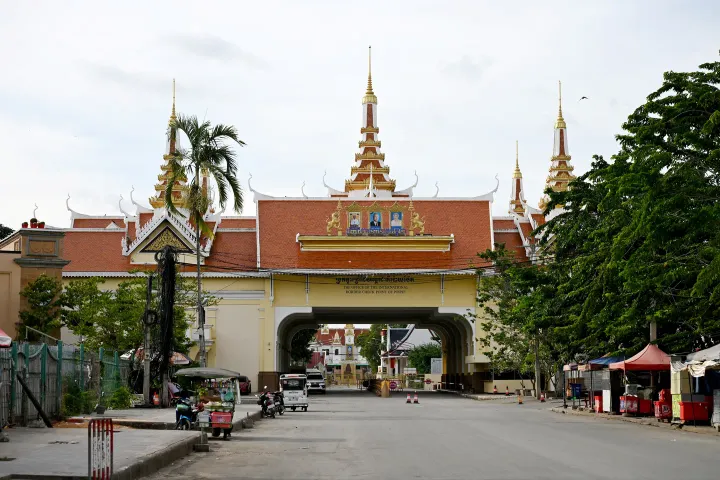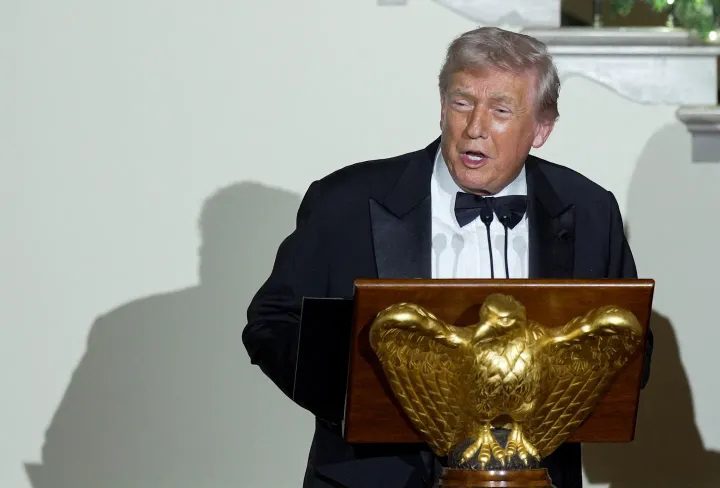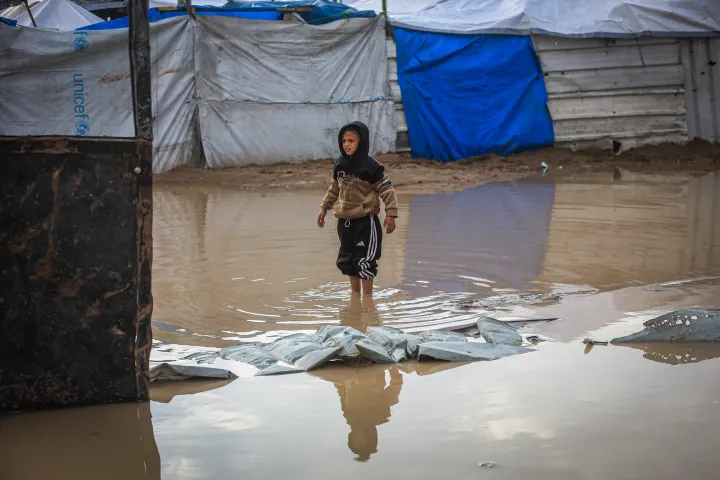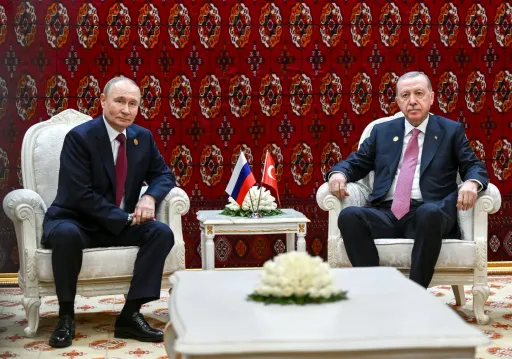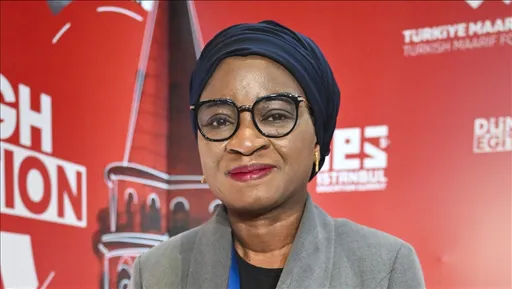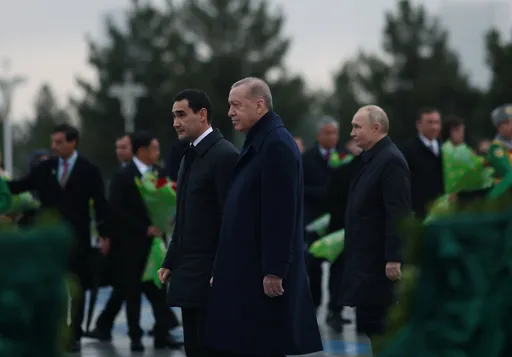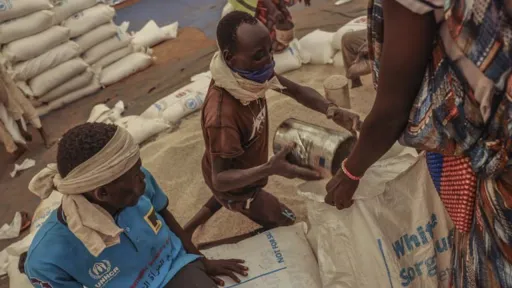By Halima Umar Saleh and Gaure Mdee
Music is like a dream, one that I cannot hear
– Ludwig van Beethoven, German composer and pianist
African music like Awilo Longomba's Coupé Bibamba, Premier Gaou by the Ivorian band Magic System, or even Burna Boy's Last Bruna, are more than just lyrics set to tune. These melodies offer an emotional connection to roots that is at once entrancing.
At weddings, these are the very songs that form the musical backdrop when brides and grooms are called to the dance floor – most people know them, many sing along, and it isn't long before most of the merry audience is shaking a leg.
So, what is it about African music that invokes a shared sense of belonging as much as it unites everyone in the joy of the moment?
From the Afrobeats sound of the west to the Bongo and Genge rhythms of the east, venturing through Central Africa's Lingala and Zouk to the Amapiano vibes of the south, music is the thread that binds Africans. Music in African languages even more so – despite the diversity of communities in the continent.
But how does it happen in a region with different languages, cultures, religions and tribes? Some experts say it is without a doubt because music and singing are powerful social glue.
"There's something about music that's universal. Even though you can ascribe cultural tags to different music such as reggae, highlife, soukous, afrobeat, jazz, juju, fuji, country and rock, and identify them with specific nations, any music can strike a chord in the heart of the listener across cultural or ethnic boundaries," Nigeria-based writer Malam Ibrahim Sheme tells TRT Afrika.
Cross-cultural love for music
For decades, the trend of Africans loving the music of different regions has developed rather than declined with the release of vibrant new songs and internet penetration across the continent.
Amapiano tunes, for example, originated from South Africa pre-Covid and have travelled well within the continent, as much as Congolese and Swahili songs. In Nigeria, people relate more to Niger, Mali, Ethiopia, South Africa, Congo, Ghana, East Africa, Ivory Coast and Sudanese music.
Nigerians love music from Mali and Ivory Coast as much as they do their own.
"How people in Niger Republic are so enamoured of Hausa songs is astonishing. These are the most popular music even among tribes who do not understand the language," says Djamilou Ibrahim Oumarou, a businessman.
"Wherever you go – markets, tea joints, public transports, motor parks – Hausa songs from northern Nigeria are omnipresent. Apart from those songs, people also listen to a lot of Malian and Ivory Coast."
In Central Africa, people love Nigerian, South African, East African and Congolese music more. In East Africa, the preference is for Nigerian, South African and Malian music like Selif Kaita and Habib Koite, as well as the Lingala songs of Congo that have gained popularity throughout the region.
Continental collaborations
Rapper-activist Webiro "Wakazi" Wassira, also a former committee member of the Tanzanian Urban Music Association, believes music collaborations among African artists promote pan-Africanism and the sharing of fan bases. "What's said in the songs don't always match, but they make for good music," he tells TRT Afrika.
Sub-Saharan unity and camaraderie are aspects of this that haven't been highlighted much, but have come to the fore with frequent partnerships in music. Koffi Olomide from Congo has collaborated with several East African artists. The award-winning Beninese Angelina Kidjo has featured on several tracks with singers like Sauti Sol of Kenya in Swahili and Nigerian Yemi Alade in Yoruba, to name a few.
Congolese Awilo Longomba has worked with some Nigerian artists in local languages. Tanzanian Diamond Platnumz has collaborated with many musicians from Nigeria, South Africa and Congo to produce melodies in Swahili.
Megastar and multi award-winning Nigerian Burna Boy, who sings in several languages, has numerous collaborations across the continent, most notably one with Senegalese Youssou Nd’our, a former minister of tourism in his country.
Sho Madjozi of South Africa works with many artists from East Africa in both Zulu and Swahili languages.
She made her mark in the east with songs like John Cena, completely done in Swahili, before branching off into collaborations with various Bongo Flava stars.
Diamond Platnumz is arguably East Africa's biggest star and boasts an oeuvre of 25 songs a year since 2018, more than half of them being collaborations from across the continent.
Nigerian Hausa musician Umar Sherrif has collaborated with Ghanaian musicians D-Flex and Wakili to produce a bilingual song – in Hausa mixed with English – in order to reach a wider audience in West Africa. Sherrif believes such joint production ‘’will really make an impact in promoting local languages across Africa.’’
Writer and social critic Ibrahim Sheme says these collaborations help extend market appeal and prominence for artists who go on tour across the continent, reaching new audiences.
Similar factors
Some historians believe the unifying quality of African music has a history spanning centuries, aided by movement of people from one region to another for business or education. From there, people began importing the songs of other places to their territory and exporting theirs.
Malam Ibrahim Sheme is of the opinion that the cultural, religious and social similarities among African communities are some of the significant factors of this connection. "Another reason is what I will call cultural self-identification. People tend to see themselves or their identity in the cultures of others. So, the identities, rhythm and culture of some music draw people to love other people's music," he explains.
Musicians now aim for wider audiences beyond those who understand their local languages. Umar Sherrif, a Hausa singer in northern Nigeria, tells TRT Afrika that he considers non-Hausa speaking communities as part of his following.
According to him, "having realised that music has no language, and it reaches even those who do not understand the language you sing in, I perform with the aim of reaching a larger audience".
Impact and influence
Local African songs have played a vital role in shaping people's beliefs and perspectives on how the continent functions. They also reflect many cultural values and ideologies.
Growing up as a kid in northern Nigeria from the late 80s to 90s, one was very familiar with the songs of famous musicians from Niger, Mali, Cameroon, Tanzania, Ethiopia, Ghana, South Africa and Sudan. While the nuances may have been difficult to grasp, it was apparent that the songs could establish a connection and shape one's perspective about Africa and Africans.
Sudanese journalist Salman Farisi says that people in his country are now more familiar with different African songs by watching them on YouTube.
"Before this time, the Sudanese way of dressing for men was only a long, loose-fitting white or pastel-coloured robe called Jallabiya with a headdress, and for women, is always a long wrap-around cloth worn on top of a shirt and skirt or trousers.
But now, many Sudanese who have never stepped out of their region imitate the dressing of Hausa people as they love their songs more than any African music. Men wear flowing gowns and trousers made of brocade, and women wear wrapper and blouse of either lace or Ankara, just like the typical Hausas do."
A famous Hausa film comedian, the late Rabilu Musa Ibro, once produced a blockbuster film in northern Nigeria, Ibro Awilo, where he imitated the Congolese Soukous musician Awilo Longomba.
South African Amapiano songs greatly influenced Nigerian artiste Niniola Apata, who copied the style in her Yoruba songs, leading many South Africans into believing she might be from their country.
People also view their similarities with other communities through music. Farisi stresses this by saying, "The resounding success of one famous Hausa song "Tutar So", in this country, was due to the musical instruments used, which are exactly like that of Sudan."
The famous music producer of southern Nigeria, Sarz, has produced many songs copying the South African House Style Kwaito, which analysts described as "the influence of other cultures on others."
Learning language through music
Experts like Sheme believe that one of the best ways to learn a language is through music, where people can quickly discover the words in the song and their correct pronunciation.
Hafsatou, a 30-year-old Cameroonian who speaks only French and her local language Fulfulde, tells TRT Afrika, "I gradually understand Hausa, Yoruba and Wassoulou languages as a result of listening to Nigerian and Malian songs...I look forward to travelling to these countries to see what the music videos portray. I always get moved by some of the songs, especially after realising some of them focus on love and care; they make me feel emotional."
It is the same story in East, Central, South and East Africa, where music has become the way of understanding one another's languages. Sharing songs on TikTok also promotes African languages and cultures. Nigerian artists like Olamide Gbenga Adedeji, who raps in Yoruba, is one. Ditto Chibuzor Nelson Azubuike aka Phyno, who raps in Igbo. Chinedu Okoli, alias Flavour, also sings in Igbo.
These songs are all popular among young African audiences, keeping alive the legacy of a diverse continent being bound by a common love of music and languages that reflect who they are.

